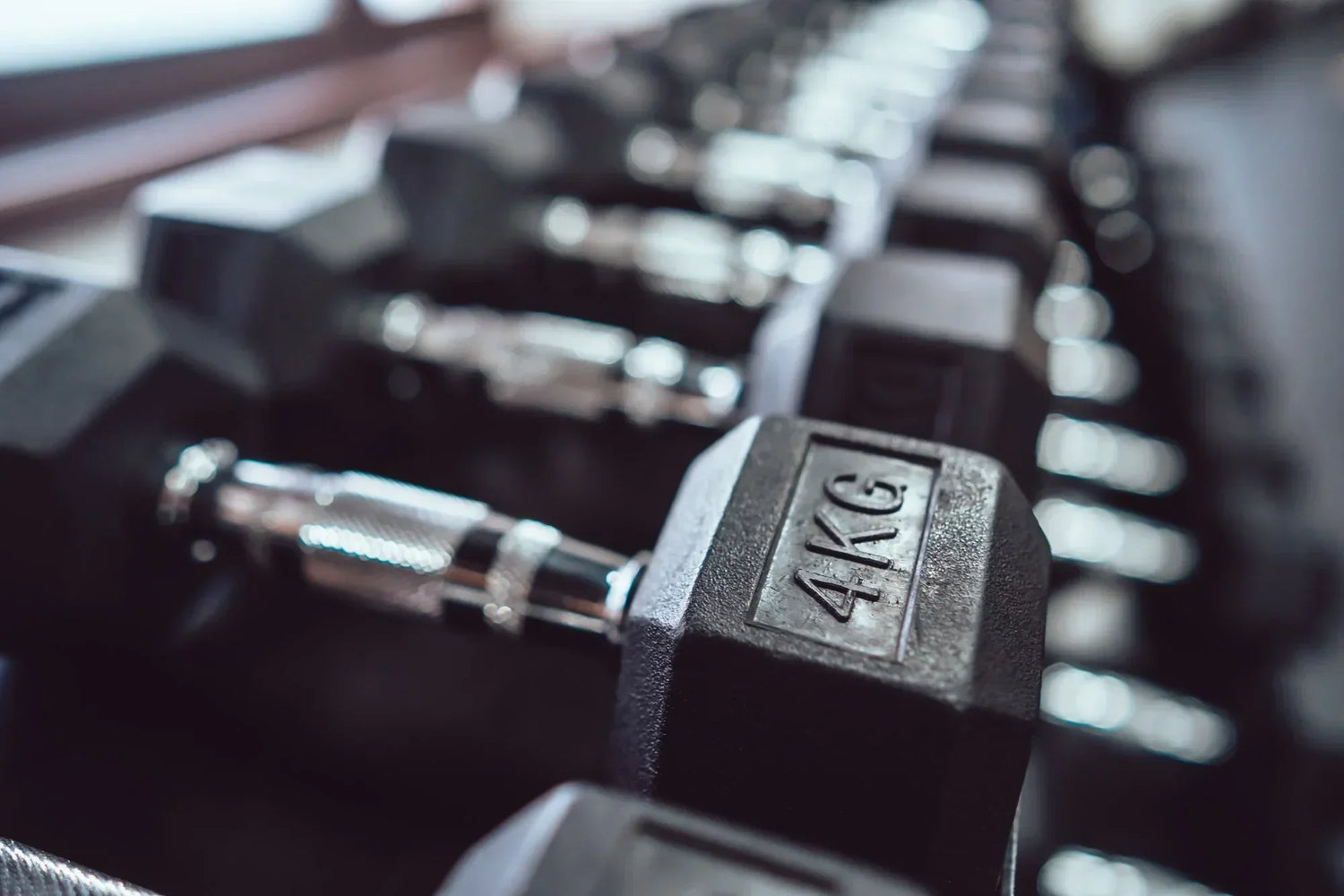
Master progressive load training to improve your performance
Today, we're going to talk about progressive strength training, the concept that increases your strength and transforms your workouts. Whether you're a beginner or not, we'll show you how to progress methodically and effectively.
What is progressive load training?
It's simple: the idea is to slowly add weight, volume, or intensity to your exercises to prevent your muscles from stagnating. We avoid the plateau. We break the limits. For example, if you squat 60 kg this week, you aim for 62–65 kg the next. The same goes for repetitions or sets: +1 rep, +2, or + one set, while maintaining good form.
This is a very effective strategy that you may have already tried? Remember when you went from 5 to 6 reps at 60 kg… that small difference seems like nothing, but over the weeks, it makes a monstrous difference.
Why does it work?
Progressive load training is really effective, and for several reasons:
- Muscle adaptation : By constantly pushing yourself a little harder, your muscles adapt, developing strength and volume.
- Increased motivation : Every small step forward becomes a victory. It's rewarding. You feel like you're making real progress.
- Fewer injuries : Unlike rapid gains in weight, this progressive approach respects tendons, joints, and your nervous system.
- Flexibility : You can include progressive overload everywhere – weight, repetitions, amplitude, tempo (slowness), rest time… you choose according to your schedule and how you feel.
How can this be implemented in practice?
Step 1: Choose a basic exercise
Often, we start with compound movements like squats, bench presses, or deadlifts. These are staples for both beginners and advanced users.
Step 2: Set a realistic starting point
You need to know what constitutes a “moderate” load for you. Don’t get ahead of yourself! Test your 6–8 RM (maximum repetition) to get a baseline.
Step 3: Apply the progression
Here is a generic diagram that has often been used:
- Week 1–2: Load familiarization
- Week 3–4: +2.5–5% of body weight, or +1 rep per set
- Every month or two: when it's smooth, we do a light deload cycle (lighten the loads to restart the progression)
Step 4: Monitoring and adaptation
We note everything! Load, reps, so we can see if it's stagnating or if we can push a little harder next time. If the form holds, you start again. Otherwise, we don't hesitate to adjust (more rest, less load).
Typical progressive load training plan + nutrition
| Day | Exercises | Progress | Nutrition |
|---|---|---|---|
| Monday | Squats, lunges, planks | +1 kg on the squat if 3x5 done | Creatine + Whey |
| Wednesday | Bench press, dips | +1 repetition on the bench press | BCAA during training |
| Friday | Deadlift, rowing | +2.5 kg for the deadlift | Gainer if you want to gain volume |
We follow you step by step
In short, progressive weight training is a powerful tool for progressing smoothly, without giving up. Combine regular weight tracking, a small progression plan, and the right nutritional support, and you'll see results.
So, are you ready to gradually, but surely, load up? We're with you, and we're ready to give you a helping hand to adjust your program or your nutrition.
See you soon on the field... and above all, keep up this desire to progress!